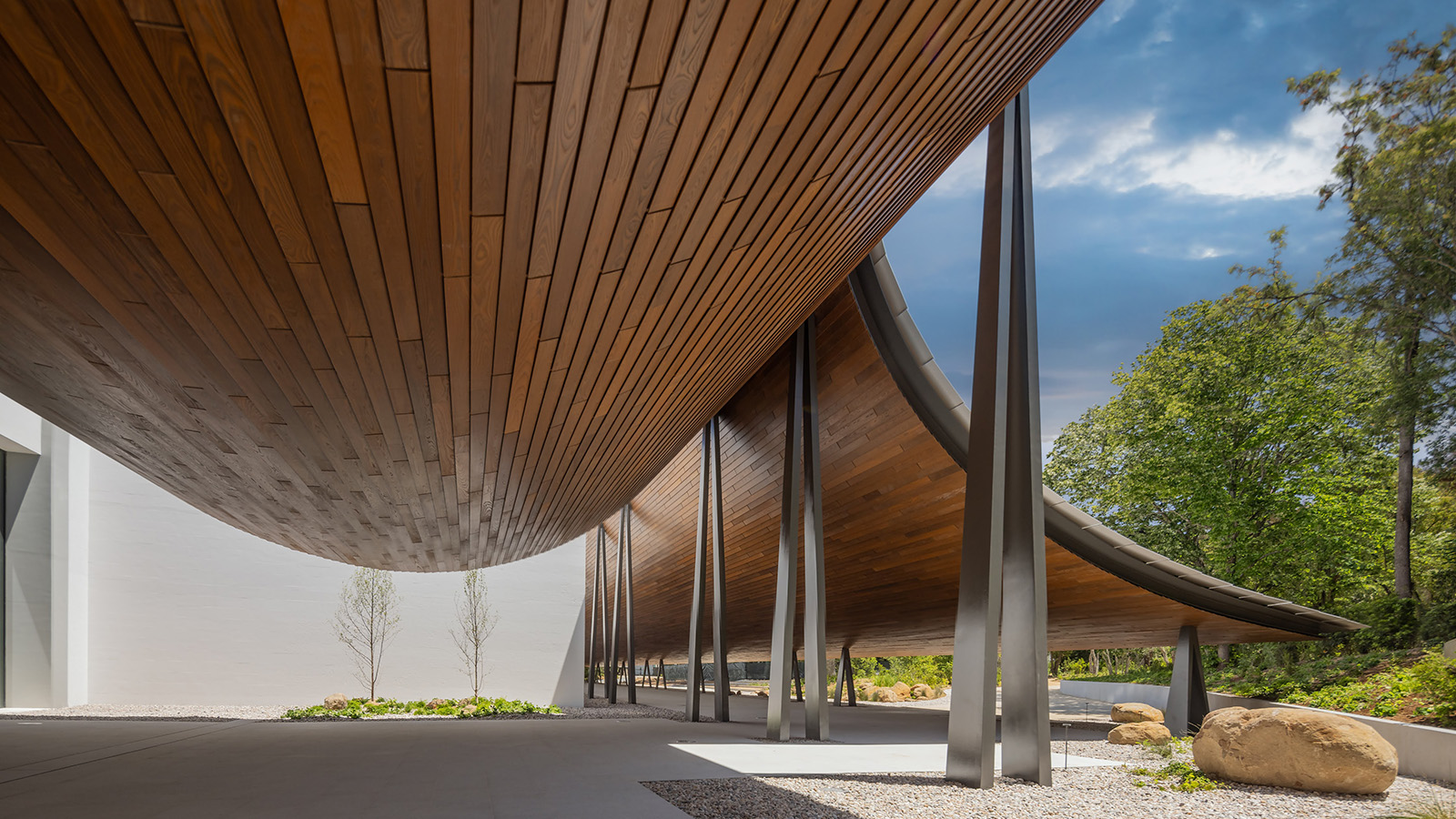
The Calouste Gulbenkian Foundation’s complex in Lisbon has been one of the city’s best-loved landmarks since it opened in the 1960s. The foundation aims to improve quality of life through art, charity, science and education, and its Lisbon campus encompasses a main office, library, the Calouste Gulbenkian Museum, scientific research centre and contemporary art museum, Centro de Arte Moderna (CAM), which reopens this year following an extensive four-year renovation by Japanese studio Kengo Kuma & Associates. Designed in collaboration with landscape architect Vladimir Djurovic, the update cleverly reconfigures the space and extends the foundation’s gardens to craft a more cohesive relationship between the existing structures.
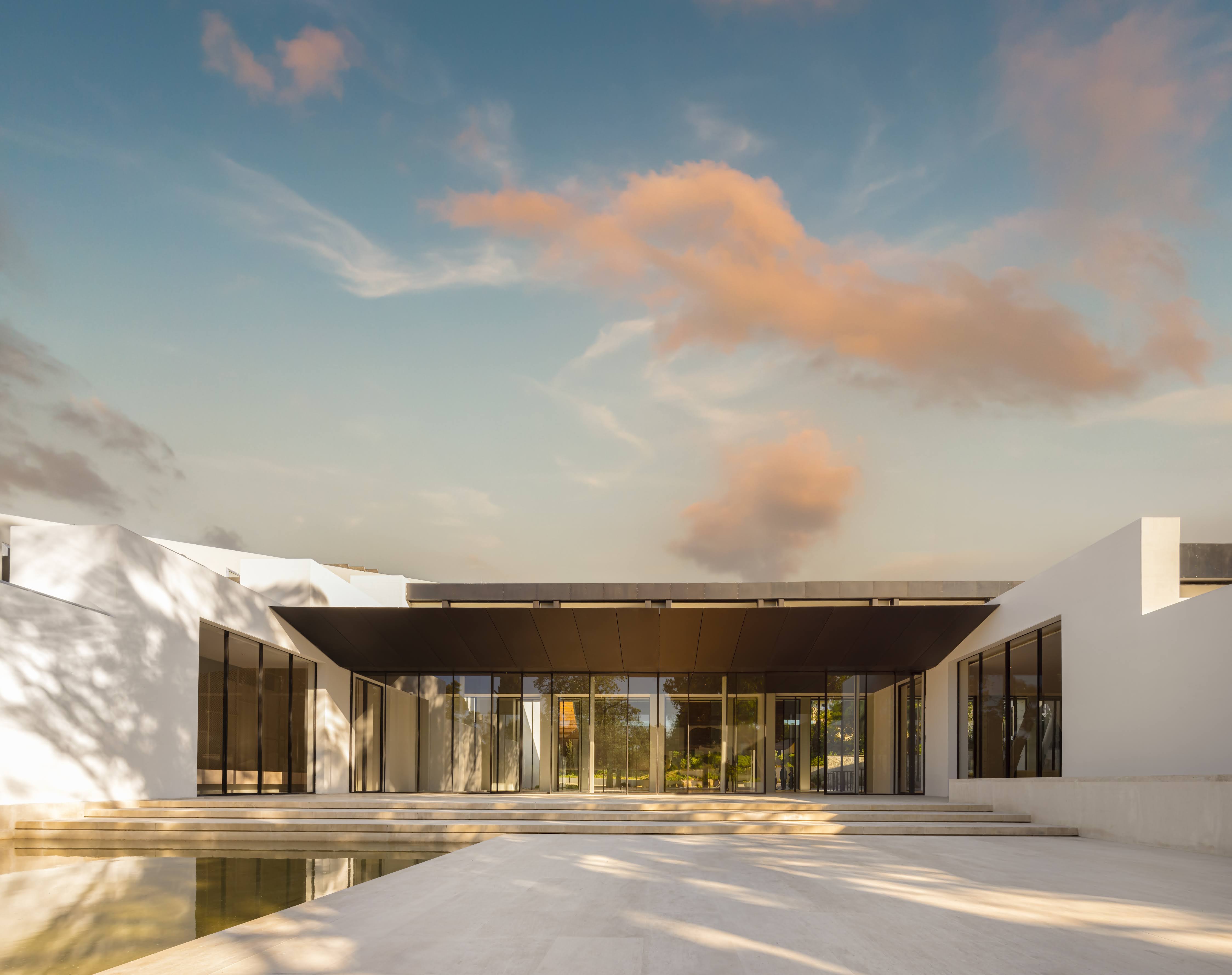
Explore Centro de Arte Moderna at Gulbenkian Foundation in Lisbon
The original CAM building was designed in 1983 by British architect Leslie Martin, who led the team behind London’s Royal Festival Hall. The museum already holds almost 12,000 artworks, spanning paintings, sculptures, installations, drawings, prints, photographs and films by some of the country’s most renowned artists, such as Helena Almeida, Joana Vasconcelos, Paula Rego and Maria Helena Vieira da Silva, as well as a significant collection of works by international and British artists, including Sonia and Robert Delaunay, David Hockney and Bridget Riley.
Keen to expand its growing collection, in 2019, the foundation held a competition in a bid to better integrate the museum with its garden setting, » which was originally designed by António Viana Barreto and Gonçalo Ribeiro Telles. Rather than create an extension that ate into the garden, Kuma’s suggested design added galleries underneath the building, while a new entrance at the rear would open it up on to a public plaza. In choosing this proposal, the foundation selected a design that put contemporary art at its heart, as well as allowing the venue to connect with its surrounding context.
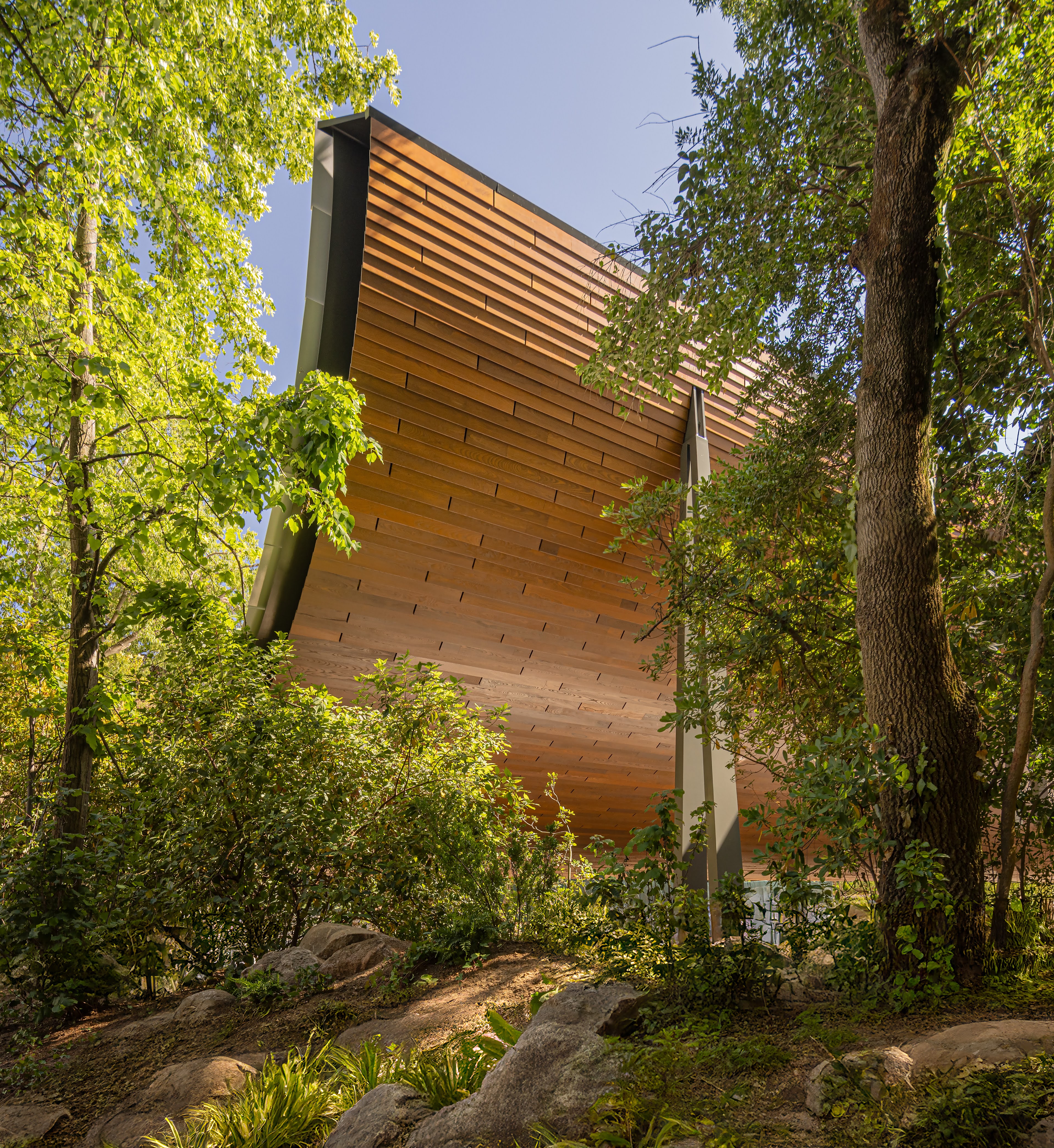
The reimagined building has glass doors on either side of the new entrance, affording visitors views of both the old and new gardens. In the main exhibition hall, girders add an industrial feel, while on the lower ground floor, light is brought in through windows that look up on to the garden. In the auditorium is an installation by Leonor Antunes, who also curated an exhibition by around 30 women artists for the museum’s reopening. The crowning glory, meanwhile, is the engawa, a 100m canopy that spans the entire width of the building. Featuring planks of ash covered with white Portuguese ceramic tiles, and flowing in a wave-like form that ripples out from the top down, the canopy is held up by twin pillars that Kuma describes as like pine needles.
‘There is much to consider when looking at art, and sometimes it is very stressful to process these powerful messages. The engawa serves as a meditative space in the shade,’ says Kuma. Providing shelter, seating and a spot for quiet contemplation, the engawa acts as a transitional zone between the museum and the garden. Connecting with the community and the landscape was a key concern during the project’s conception, and that extended to the use of local materials and the celebration of their natural variations through the design.
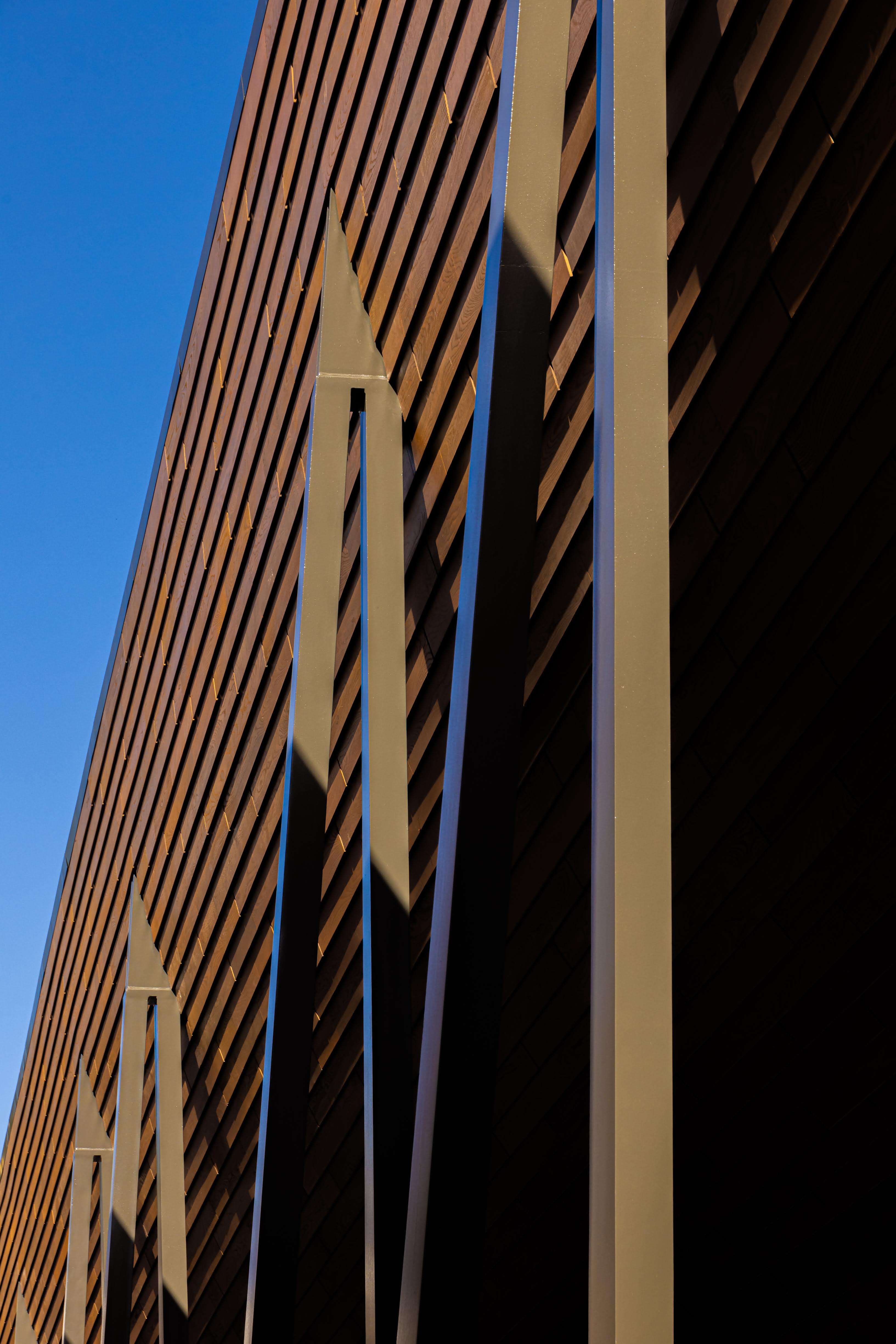
‘A building should be connected with us and with its location. Using local materials is necessary to make this kind of connection,’ says Kuma. For him, surface variations echo the diversity of the city. ‘In industrial materials, there is no variation. I chose materials for their natural roughness and variations. I was drawn to them because we, ourselves, are diverse, we are not industrial products and we feel a certain sympathy for these kinds of materials.’
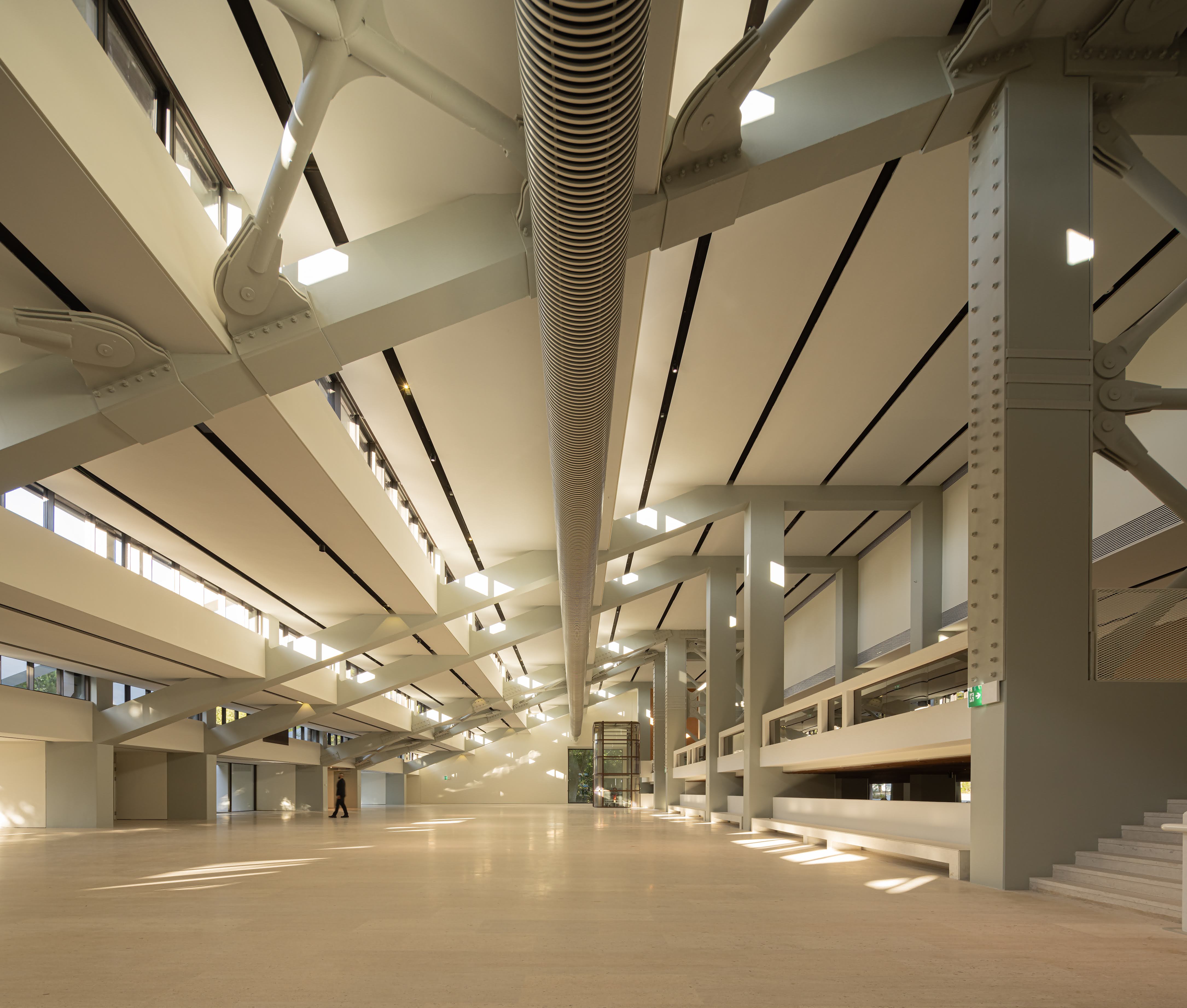
The use of solely native plants in the gardens complements this approach. A year of research went into selecting the species that now include polypodium vulgare (a native fern), euphorbia characias and polygonatum odoratum. They were collected in the wild and grown in a nursery before being planted. Some of the larger trees, such as the quercus suber (cork oak), quercus rotundifolia (holm oak) and quercus faginea (Portuguese oak), were also transplanted from the wild, creating a garden that, when fully grown, will be completely self-sufficient.
‘We approached this project with a lot of humbleness and respect for what had already been done,’ says Djurovic. ‘We knew that if António Viana Barreto had been here today and he had had to do that extension, he would have let nature talk – the garden would have been as natural as possible.’
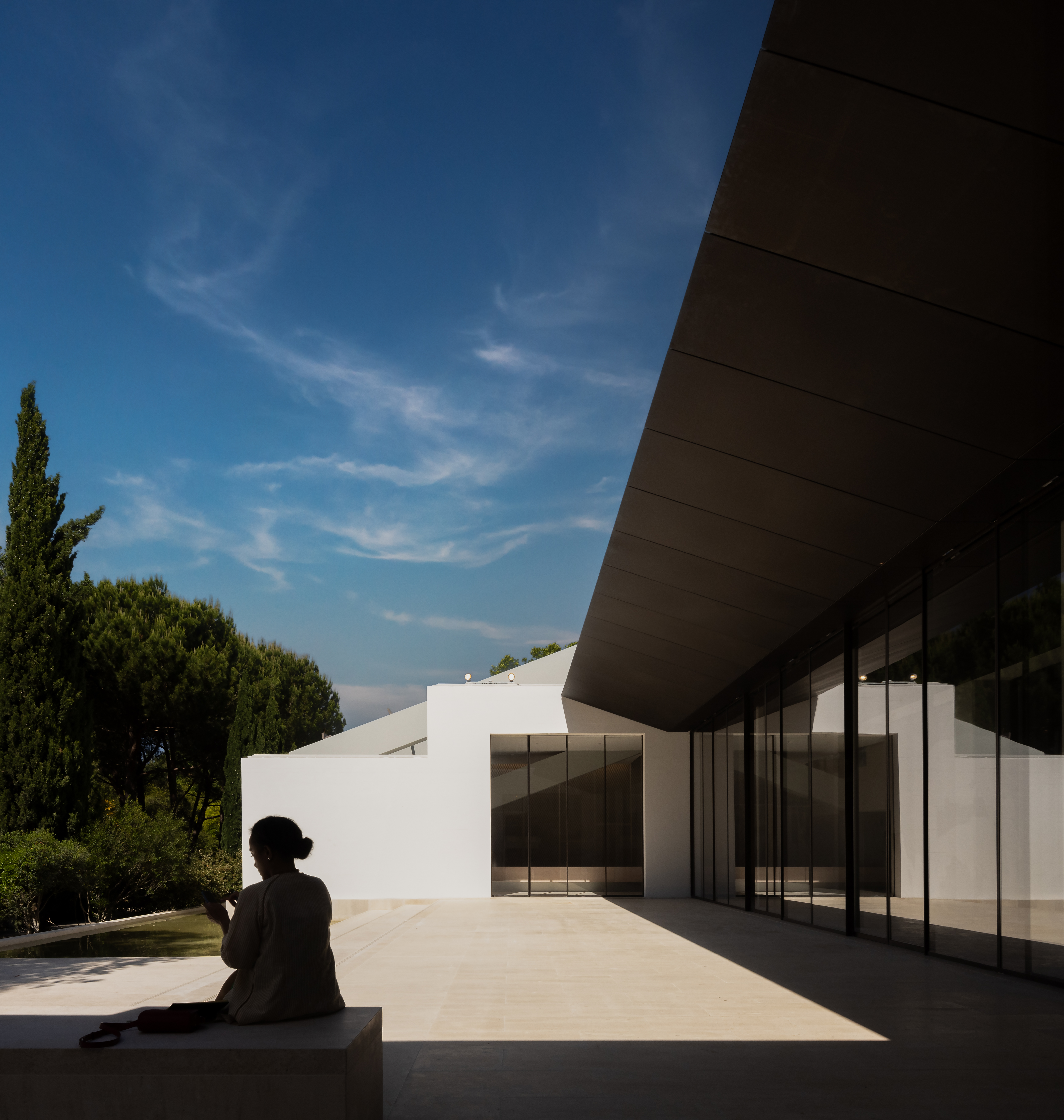
This project has transformed the Gulbenkian campus, benefiting both the environment and the local community. Dramatic changes have been made to what was already there, but with a lightness of touch, as the new design updates the original to create a seamless transition between the site’s various spaces. Says Kuma, ‘In our vision for CAM, we crafted a new outdoor narrative, where architecture and nature converse in harmony, inviting visitors to slow down and make this space their own.’







